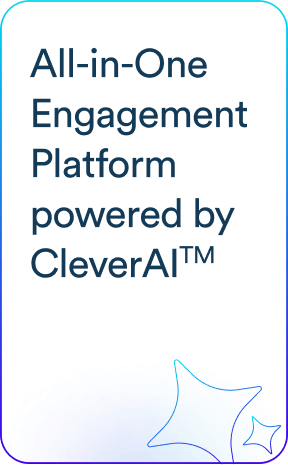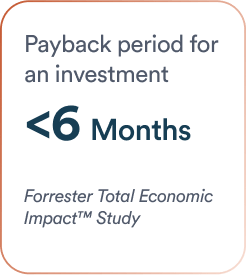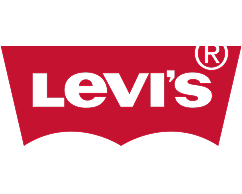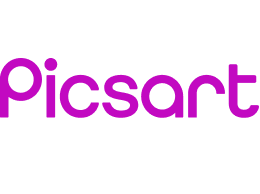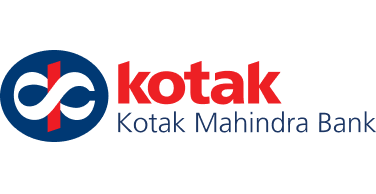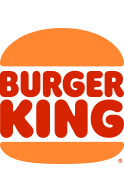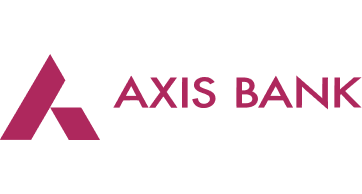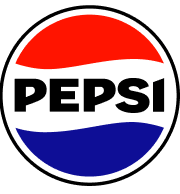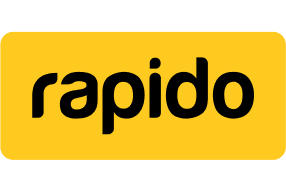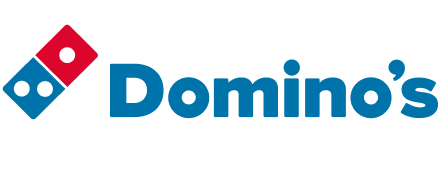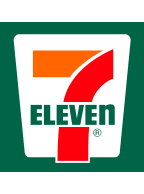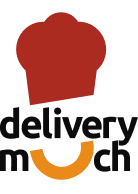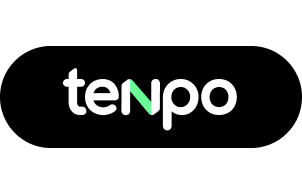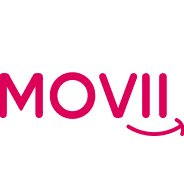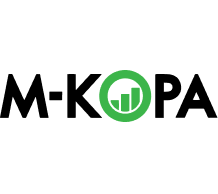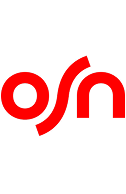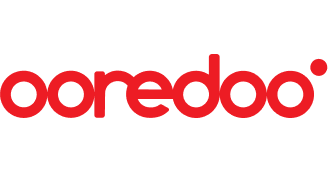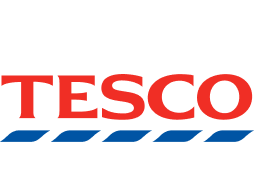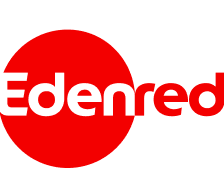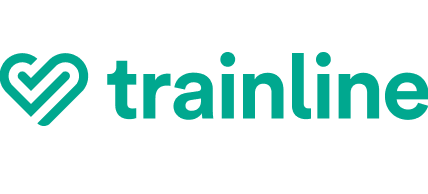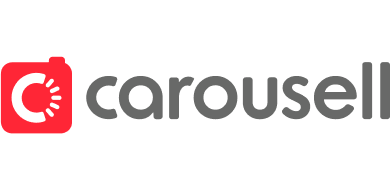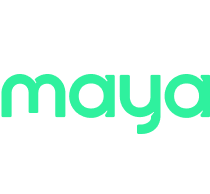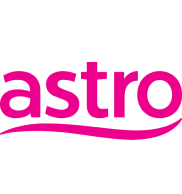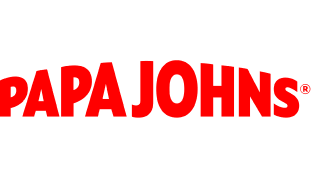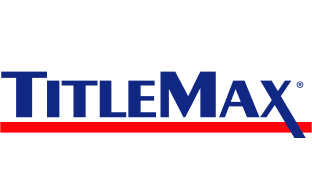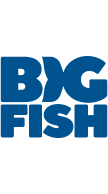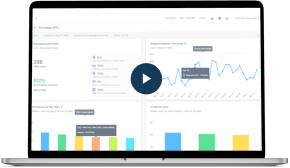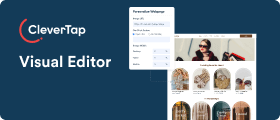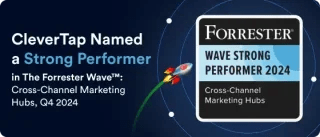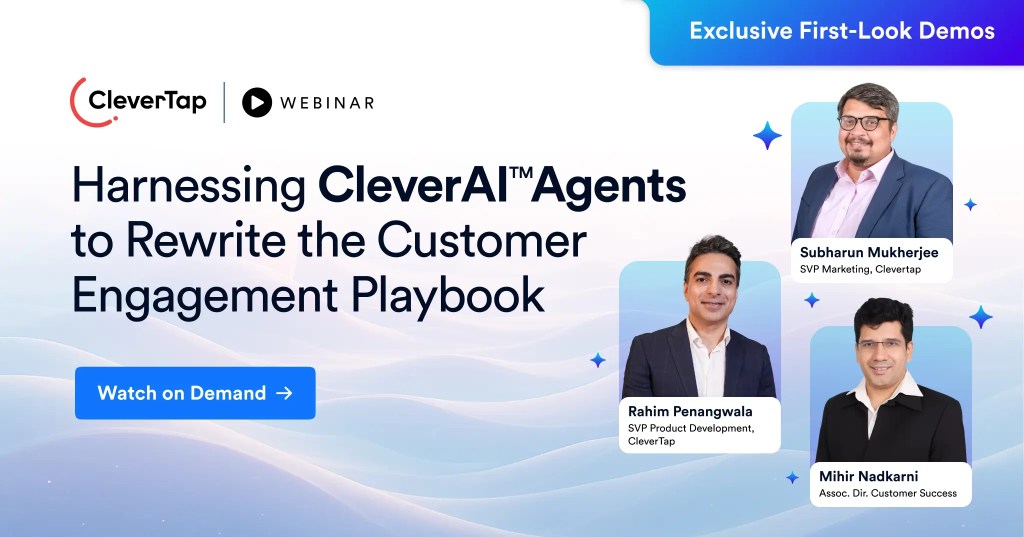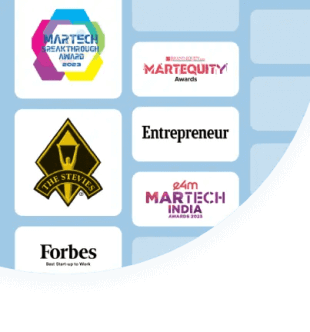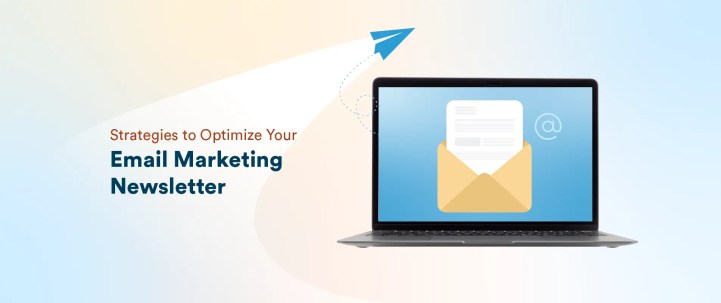There are over 4.3 billion email users. That’s a lot of people to be targeted using a single marketing channel. Setting up an email marketing newsletter gives businesses a direct line to engage their audience and build brand reputation. The trick is to implement strategies that help emails cut through the inbox clutter and stay top-of-mind.
This blog explores 13 proven strategies to help marketing professionals create newsletters that drive clicks, conversions, and build loyalty.
What is an Email Marketing Newsletter?
An email marketing newsletter consists of emails sent out periodically to a list of subscribers to communicate, relay information, engage, or retain them. The emails are sent at pre-determined intervals, such as weekly, bi-weekly, monthly, or any other cadence businesses want. The purpose of a newsletter is not to sell your product or service, but to foster customer loyalty through valuable and relevant content.
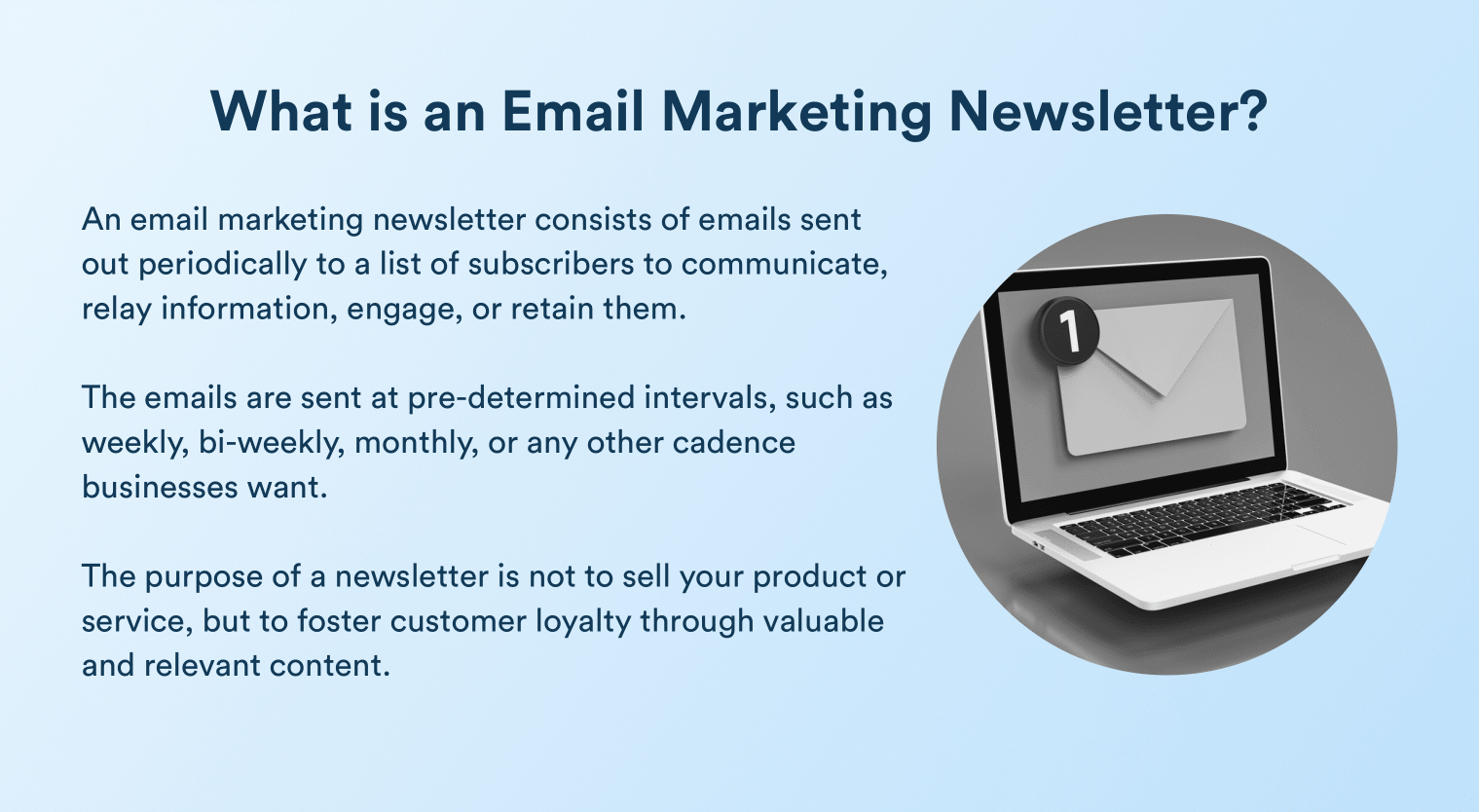
Newsletters can contain information about your products or services, business insights, trends, news, or other educational articles. Businesses can focus on building long-term relationships directly with their audience using newsletter marketing.
On the other hand, one-off emails, such as promotional and transactional emails, serve a functional role, aiming for immediate response or action.
- Promotional emails are sales-driven and highlight product launches and special offers to encourage purchase.
- Transactional emails are triggered by specific user actions and aim to deliver information such as order confirmation, password resets, or shipping notifications.
Benefits of Launching an Email Marketing Newsletter
Here are some benefits of email marketing newsletters to encourage brands to incorporate this marketing strategy.
- Build Direct and Lasting Relationships: Businesses get a direct line of communication with their audience without the interference of an unreliable algorithm. Such intentional communication with people who have opted to receive them makes email marketing newsletters an excellent medium for nurturing long-term relationships and establishing brand loyalty.
- Boost Engagement and Brand Awareness: Businesses can increase visibility and engage subscribers with relevant news, tips, and stories that resonate with their interests. Periodic emails with regular updates, news, interesting facts, or even a friendly check-in keep brands at the top of subscribers’ minds.
- Drive Website Traffic and Conversions: Newsletters boost email marketing lead generation and conversion rates by guiding readers to relevant blog posts, product pages, or landing pages, effectively nudging them toward meaningful actions.
- Cost-Effective with Measurable ROI: As compared to other marketing channels, email marketing ROI is high. Newsletters are budget-friendly and provide clear performance metrics like open and click-through rates, allowing for continual monitoring and optimization.
- Implement Personalization and Segmentation: Email marketing and automation platforms allow customer segmentation and personalization, ensuring each subscriber receives information tailored to their needs, enhancing relevance and impact.
13 Proven Strategies to Improve Your Email Marketing Newsletter
Here are 13 email marketing newsletter best practices and strategies to keep subscribers engaged.
1. Set Crystal-Clear Goals for Your Newsletter
Like sales targets, email marketing newsletters work best when there’s a clear goal in mind. Having a defined objective helps businesses measure the effectiveness of the newsletter.
Every newsletter requires a single, clear objective. It can be used to build brand awareness, engage users, or drive conversions. Mixing these goals in one newsletter dilutes the messaging, offers a fragmented user experience, and reduces the overall impact.
Whatever the goal, it should be measurable with relevant key performance indicators (KPIs) and aligned with the broader business objective. Here are some examples:
- Measure open rates aimed at increasing awareness
- Track click-through rates to measure customer engagement
- Monitor the number of sign-ups or a purchase metric for newsletters driving conversions
2. Segment Like a Pro: Deliver The Right Message to the Right Audience
Email marketing platforms like CleverTap allow customer segmentation, which helps marketers to send highly relevant content to different audience groups. The segmentation can be done based on behavior, lifecycle stages, demography, or engagement level.
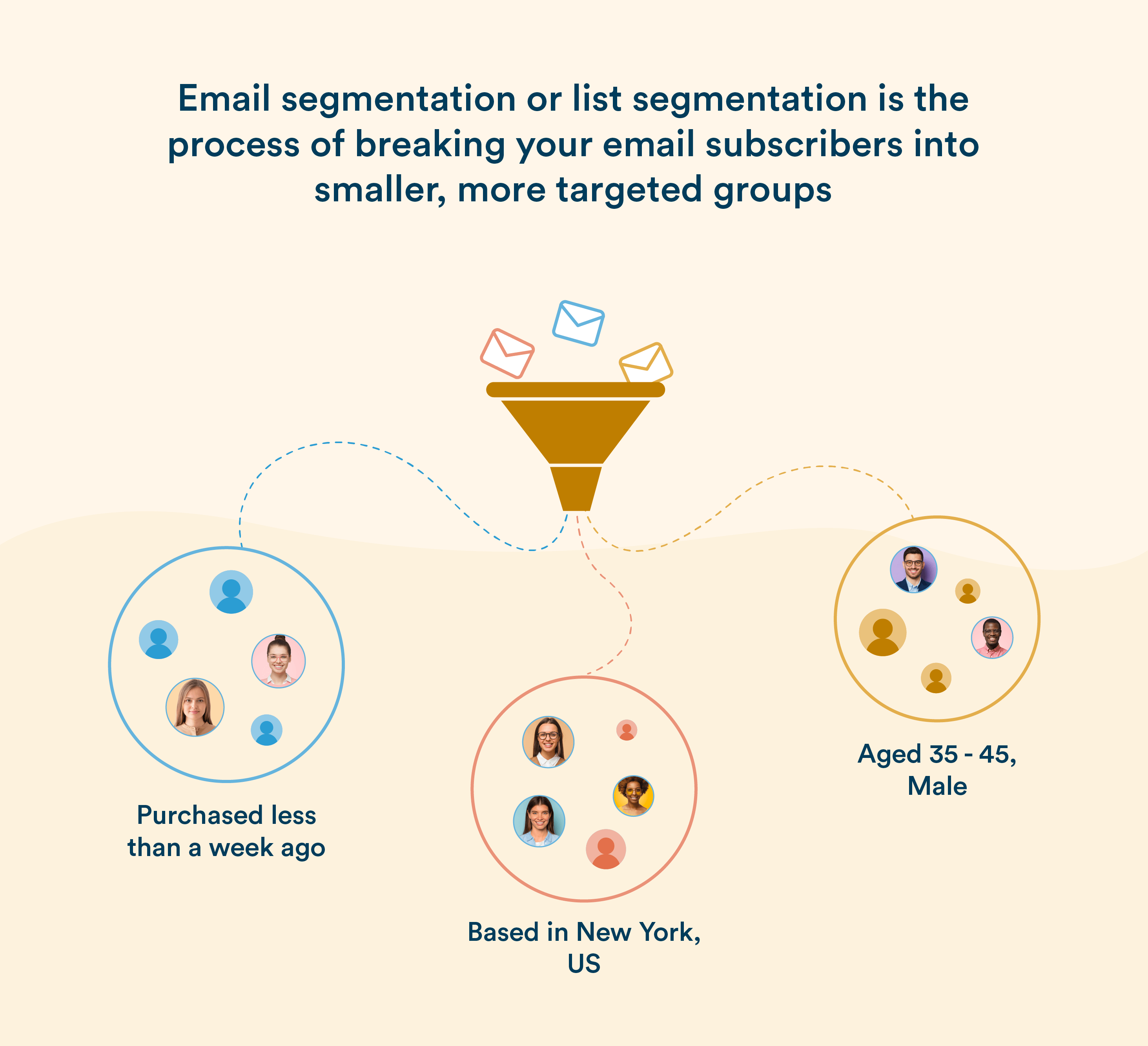
Businesses can create newsletters targeted to new subscribers by providing:
- Brand introductions
- Onboarding emails with tips or a step-by-step guide
- Best ways to use the product or service
- User-generated content to create a sense of familiarity
On the other hand, long-time subscribers will benefit from email marketing newsletters that provide:
- Exclusive insights into upgrades or new releases
- Announcements about soon-to-be-launched new products
- Loyalty rewards that encourage purchase
Segmented emails consistently outperform non-segmented ones in open rates and click rates, with a 14.32% higher open rate. Segmentation increases engagement and improves conversion rates and open rates by delivering the right message to the right audience.
See how email segmentation can improve your newsletter performance.
3. Master Personalization Beyond First Name
Addressing subscribers by their first names has become the bare minimum in personalized email marketing. Subscribers expect hyper-personalization.
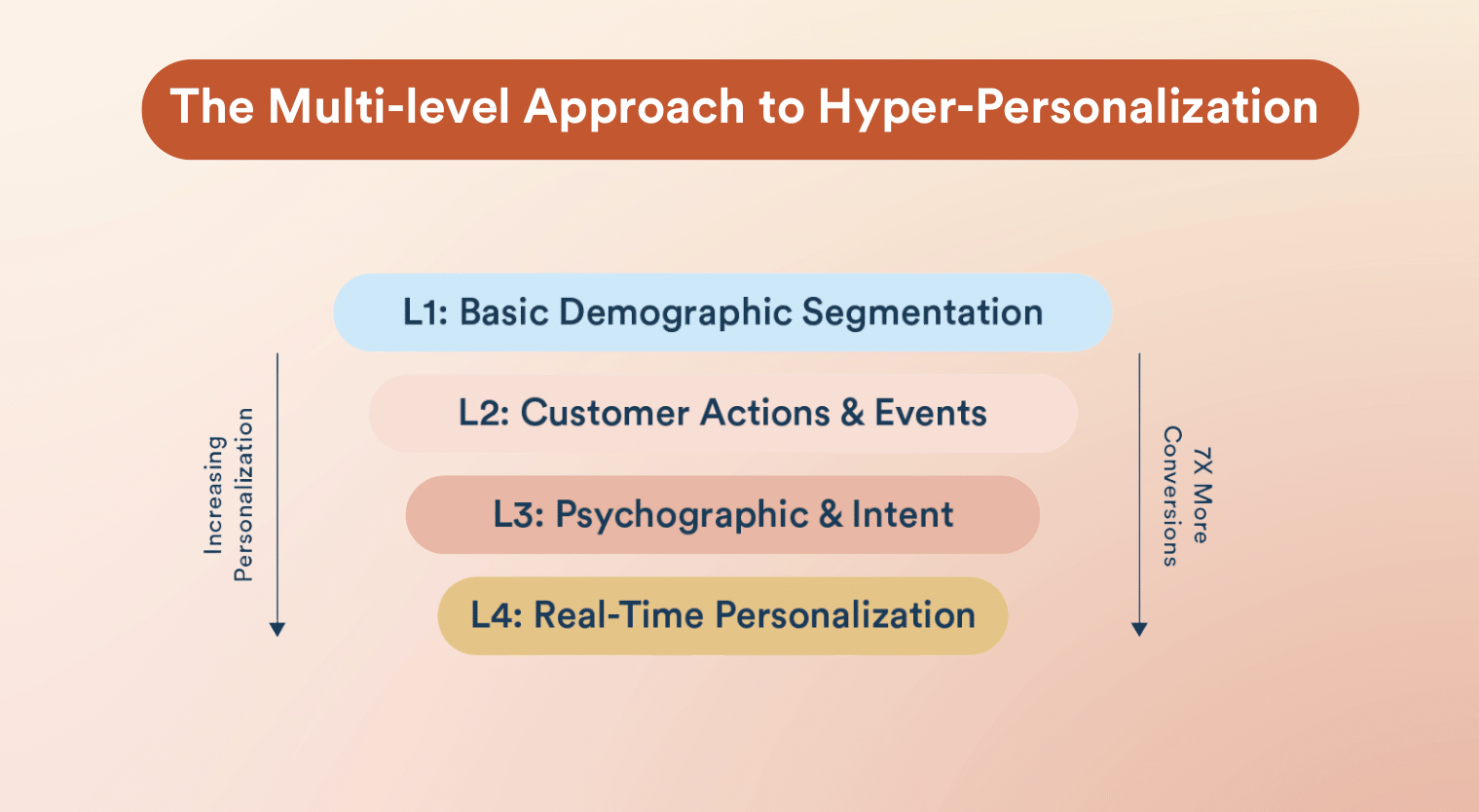
The newsletter should be curated to their interests, browsing behavior, and purchase history, and be adaptable based on location or device. Marketers can use dynamic content blocks to showcase tailored product or content recommendations for different audience segments.
A subscriber who works full time might prefer short, easy-to-digest content blocks, while a retired person might like longer, well-researched content in their newsletters. A recent buyer will benefit from newsletters explaining the ways customers are using the product. This type of deep personalization can be achieved with 1:1 email personalization tools.
4. Nail the Value Proposition of Every Email Marketing Newsletter
Every newsletter should be built after answering the question: “Why should the reader care about this issue?”
A newsletter’s value proposition should be instantly clear to readers. Whatever the context, the value should be evident in every element, from the subject line and preview text to content layout and CTAs. Readers are more likely to engage when they clearly understand what they will gain from the newsletters.
Define your newsletter’s content mission that aligns with the business goals and the audience’s needs. For example, e-commerce email marketing can focus on product discovery, financial services email marketing can focus on transactional and security-focused emails, while a SaaS brand might position its newsletter as a go-to resource for growth strategies.
Even the most intuitively curated newsletter risks being ignored without a clear benefit. Whether it’s industry insights, practical tips, or exclusive offers, email marketing newsletters should deliver a consistent and meaningful payoff.
Learn how to effectively position your newsletter’s content with our guide on email copywriting.
5. Design for Engagement, Not Just Aesthetics
Visual appeal is important, but the newsletter design and layout should serve a greater purpose beyond aesthetics. Here are some tips to design your email marketing newsletter for higher engagement.
- Use modular and scannable layouts that are easy to read.
- Establish a strong visual hierarchy through consistent typography and strategic use of colors to emphasize key messages and CTAs.
- Keep the layout clutter-free. Use high-quality and engaging visuals to break the monotony of text.
- Include clear, action-driven CTAs aligned with the goal of the newsletter. Some examples include “Download the Report,” “Start Your Free Trial,” or “Read the Full Article.”
- Most emails are opened on mobile devices, so the design and layout must be optimized for mobile responsiveness.
- Place the unsubscribe button at the footer of the email, but ensure it is clearly visible.
6. Optimize Subject Lines and Preheaders with Data
Your email marketing newsletter’s subject line and pre-header must capture attention. Here are some tips to optimize both.
- Use curiosity, urgency, or benefit-driven language to entice users and boost open rates.
- Keep the subject lines short and crisp, mentioning the value of the newsletter.
- Personalize the subject line with the subscriber’s first name or other data like their past behavior, purchase history, or location.
- The preheader should not be a repetition of the subject line; it should complement the subject line.
- A/B test subject lines with variations in tone, use of emoji, personalization, and content length.
Writing personalized and impactful abandoned cart email subject lines are crucial to boost cart recovery. Learn how to build the best abandoned cart email campaigns.
7. Automate Intelligently, Not Excessively
Automated email newsletters are a tried-and-tested marketing strategy. However, the automation should appear strategic and intuitive, not overwhelming, blasting subscribers with irrelevant content every other day.
Avoid the batch-and-blast trap and opt for well-timed email automation workflows, such as a welcome series for new subscribers and behavior-triggered content for loyal users. Map customer journeys and automate newsletters for intelligent communication.

Email automation platforms like CleverTap allow segmentation, tracking user behavior, and trigger-based content delivery. Marketers can use this to curate an impactful email marketing newsletter experience that fosters long-lasting relationships.
8. Map Content to the Customer Journey
Your email marketing strategy should align the newsletter content with the subscriber’s stage in the customer journey for maximum impact. Generic content can lead to unengaged readers, increasing the chances of unsubscribes. Here’s how you can build customer lifecycle email campaigns.
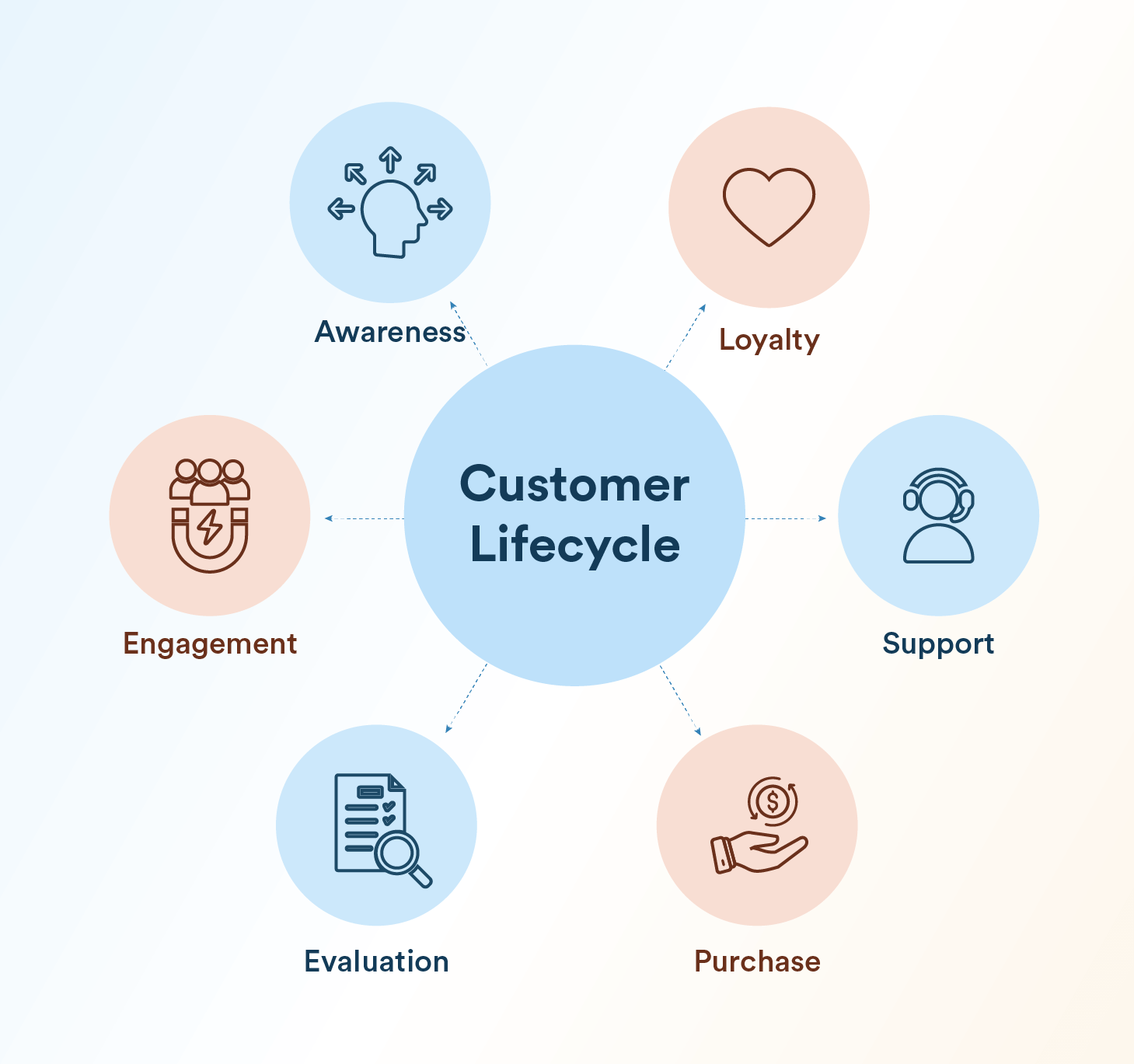
- At the Awareness Stage, do not hard sell. Send emails with industry news, educational blogs, trends, and reports that establish your brand as an industry leader.
- At the Consideration Stage, the reader is already hooked. Nurture this interest with product comparisons, user guides, and customer success stories.
- At the Decision Stage, use the newsletter to drive action. Include time-sensitive offers and provide early access to webinars and live demos to nudge subscribers towards conversion.
Read the detailed guide on customer journey for better content mapping.
9. Consistency Wins. Create a Content Cadence You Can Maintain
Establishing a consistent cadence in your email marketing newsletters builds anticipation and trust among the subscribers. The email frequency, whether it is weekly, bi-weekly, or monthly, can be guided by the audience’s preference, engagement data, and the capacity of your content marketing team.
Analyze performance metrics like open and click rates across different send timings and frequencies to identify the optimal cadence. Set clear expectations and let subscribers know how often they will hear from your business when they sign up. Being transparent boosts open rates, as recipients are more likely to open emails they are expecting.
It’s better to maintain a high-quality email marketing newsletter that aligns with your business goals and delivers engaging content than to rush out content that lacks value.
10. Use Feedback Loops to Fuel Optimization and Make Unsubscribes Useful
Direct feedback from subscribers is a data goldmine for email marketing newsletters. Marketers can use this data to optimize the email content, design, and cadence. Here are some tips to use feedback loops for subscriber insights.
- Embed feedback polls and quick replies within the email to track content that resonates.
- Track clicks to understand which topics and formats drive the most engagement.
- Use the learnings to iterate with each send. Double down on high-performing content and improve underperforming sections.
- Implement short exit surveys to learn why subscribers are opting out. Use this data to fix blind spots in the strategy.
- Retain value-conscious subscribers by offering them a “less frequent” mailing alternative.
- Segment inactive users and instead of removing them right away, re-engage with better contextualized emails or provide them the choice to update their preferences.
11. Test, Measure, and Improve Relentlessly
Continuously test and optimize the email marketing newsletters to boost email conversion rates. Create mobile-friendly emails to optimize for every device. A/B test variants with different elements, such as the following, to see which works best for each audience segment.
- Send time and frequency
- CTA placement
- Tone of voice
- Personalization techniques
- Images and their placements
A data-driven email marketing strategy helps understand behavior patterns and preferences. Track the following key performance metrics:
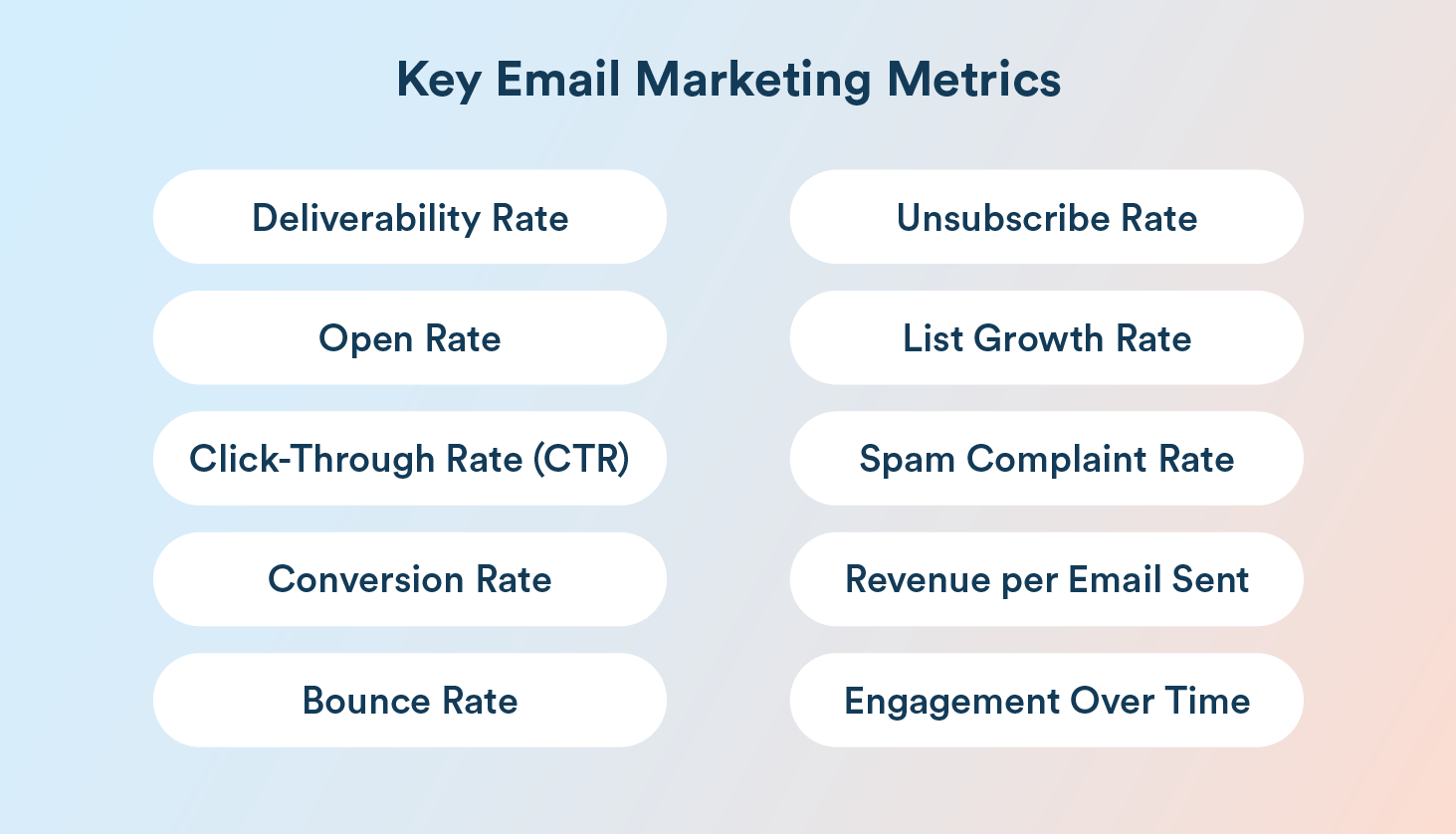
- Open Rate: Signifies if the subject line and preview text are compelling enough for recipients to open the email.
- Click-Through Rate (CTR): Indicates the effectiveness of the email content and CTAs in driving the recipient to click on links within the email.
- Unsubscribe Rate: Reflects the relevancy of the email marketing newsletter content over time.
- Revenue per Email: Reflects the direct financial gain generated from each newsletter sent.
- Bounce Rate: Highlights email deliverability issues and the email list quality.
- Conversion Rate: Measures how effectively the newsletter drives desired actions like purchases, sign-ups, or downloads.
Track these essential email marketing metrics for in-depth insights.
12. Ensure Email Deliverability and Compliance
The most well-crafted email marketing newsletter will be useless if it fails to land in the subscriber’s inbox. Follow these best practices to ensure high email deliverability.
- Use a verified sender domain, one with Sender Policy Framework (SPF), DomainKeys Identified Mail (DKIM), and Domain-based Message Authentication, Reporting, and Conformance (DMARC) authentication.
- Maintain email list hygiene by regularly removing invalid or inactive contacts and improve email deliverability.
- Avoid spam triggers like using all caps, excessive punctuation marks, or misleading subject lines. Use a spam filter to remove such characters and words.
- Optimize emails with HTML for proper formatting and fast loading time.
- Stick to a consistent sending time and frequency to build trust with Internet Service Providers (ISPs).
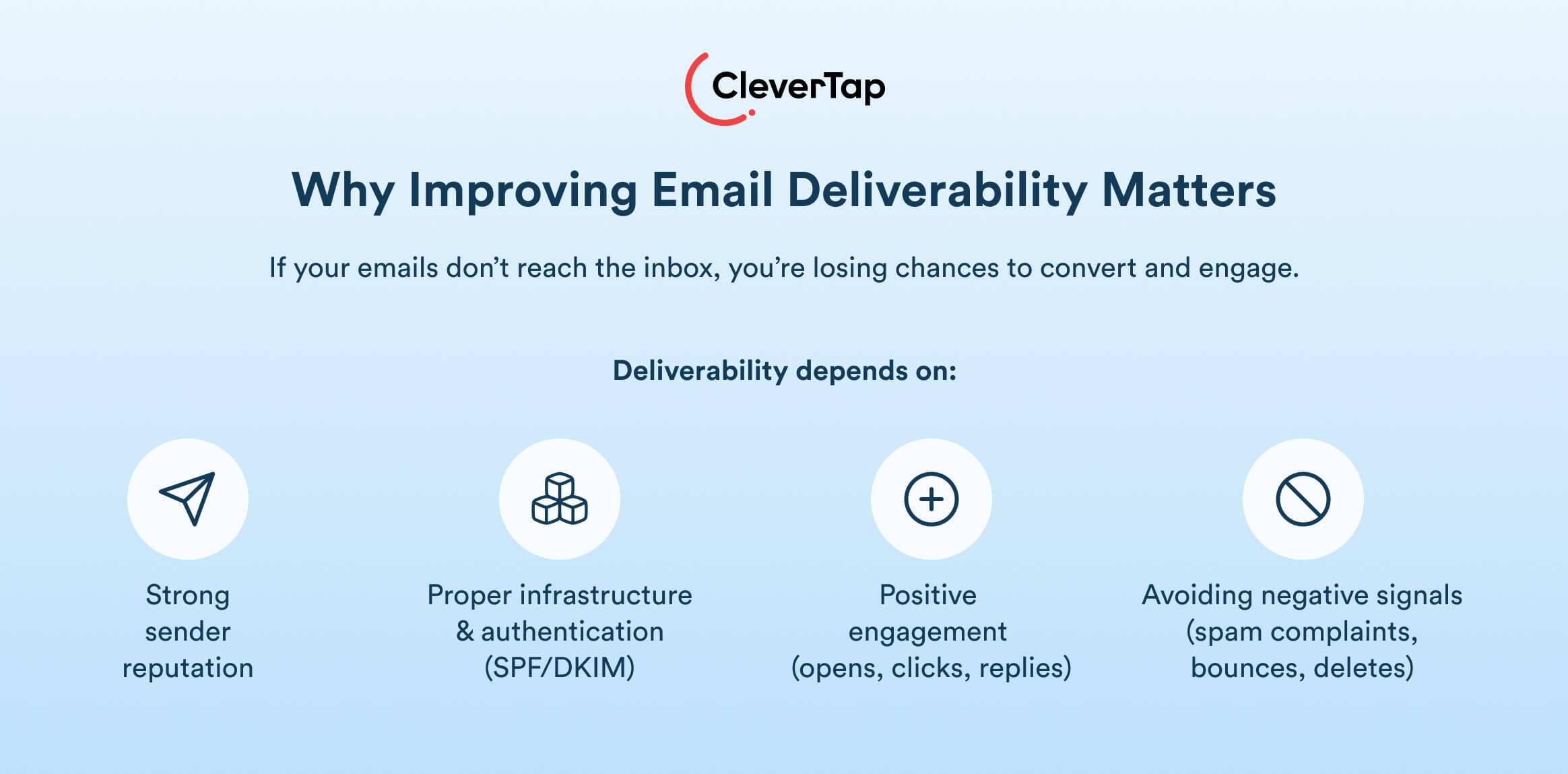
Besides following these email marketing best practices, businesses must also comply with global laws and regulations to ensure deliverability. Here are two such laws:
- General Data Protection Regulation (GDPR)
- Controlling the Assault of Non-Solicited Pornography and Marketing Act (CAN-SPAM Act).
Businesses should obtain explicit permission and consent before adding subscribers to the email list. Every email should include a clear and easy-to-find unsubscribe option, and opt-out requests should be honored promptly and successfully.
13. Leverage Cross-Channel Data for Smarter Content
Go beyond isolated email metrics to tap into a broader data ecosystem. Integrate customer insights from CRM systems, web analytics, and ad platforms for deeper personalization. For example, web browsing data can determine which dynamic content block appears in the newsletter; it can be a blog post, a product feature, or a support resource.
Studying cross-channel data for behavior, preferences, and interactions across channels can add more value to the email marketing newsletter content and boost customer retention via email campaigns. Create campaigns that echo consistently across email, push notifications, and paid media to reinforce the messaging and create a seamless customer experience.
How CleverTap Helps You Build Successful Email Marketing Newsletters
CleverTap is a customer engagement platform with advanced email marketing automation capabilities. Here are some features that make CleverTap the perfect platform to build your email marketing newsletters.
- Supports integration with native CRM and other third-party tools and platforms. Marketers can leverage cross-channel data for richer newsletter content.
- Has advanced audience segmentation capabilities, which help personalize newsletters with relevant content for each segment.
- Provides a preference centre for subscribers to customize their communication choices.
- Provides interactive email templates with drag-and-drop, HTML, and AMP editor capabilities.
- Scribe uses AI in email marketing to automate the generation of dedicated, emotionally intelligent subject lines that resonate with each audience segment.
- The purpose-built email marketing platform can perform A/B testing with different variants of email components to determine the best version.
- It can analyze user behavior like peak activity periods and time zones to suggest optimal email marketing newsletter cadence. AI email marketing tools like IntelliNode learns from interactions to improve send times.
- Helps optimize campaigns in real time by analyzing KPIs.
Personalize, segment, automate, and optimize email marketing newsletters with CleverTap.
Build, Test, Scale: Rethink the Entire Playbook
Email marketing newsletters help marketers establish a direct line of communication to engage with subscribers regularly. They must set clear goals and understand their audience before setting up newsletters.
Unlike social media or other third-party platforms that come with algorithm interference, emailing newsletters allows businesses to foster customer relationships on their own terms. They are best suited for lead nurturing, educating customers, and maintaining brand awareness. Email marketing newsletters provide a stable and high ROI channel to complement broader marketing efforts.
Email marketing platforms with features like personalization, segmentation, A/B testing, and rich insights are essential for email marketing newsletters to succeed. Continuous testing helps optimize the newsletter and keep subscribers engaged.
Build high-converting email newsletters for your holiday email campaigns with CleverTap. Explore 4th of July email marketing, Halloween email marketing, Thanksgiving email marketing, Black Friday email marketing, Cyber Monday email marketing, Christmas email marketing, and December email newsletter examples for inspiration.
Kiran Pius 
Leads Product Launches, Adoption, & Evangelism.Expert in cross-channel marketing strategies & platforms.
Free Customer Engagement Guides
Join our newsletter for actionable tips and proven strategies to grow your business and engage your customers.

